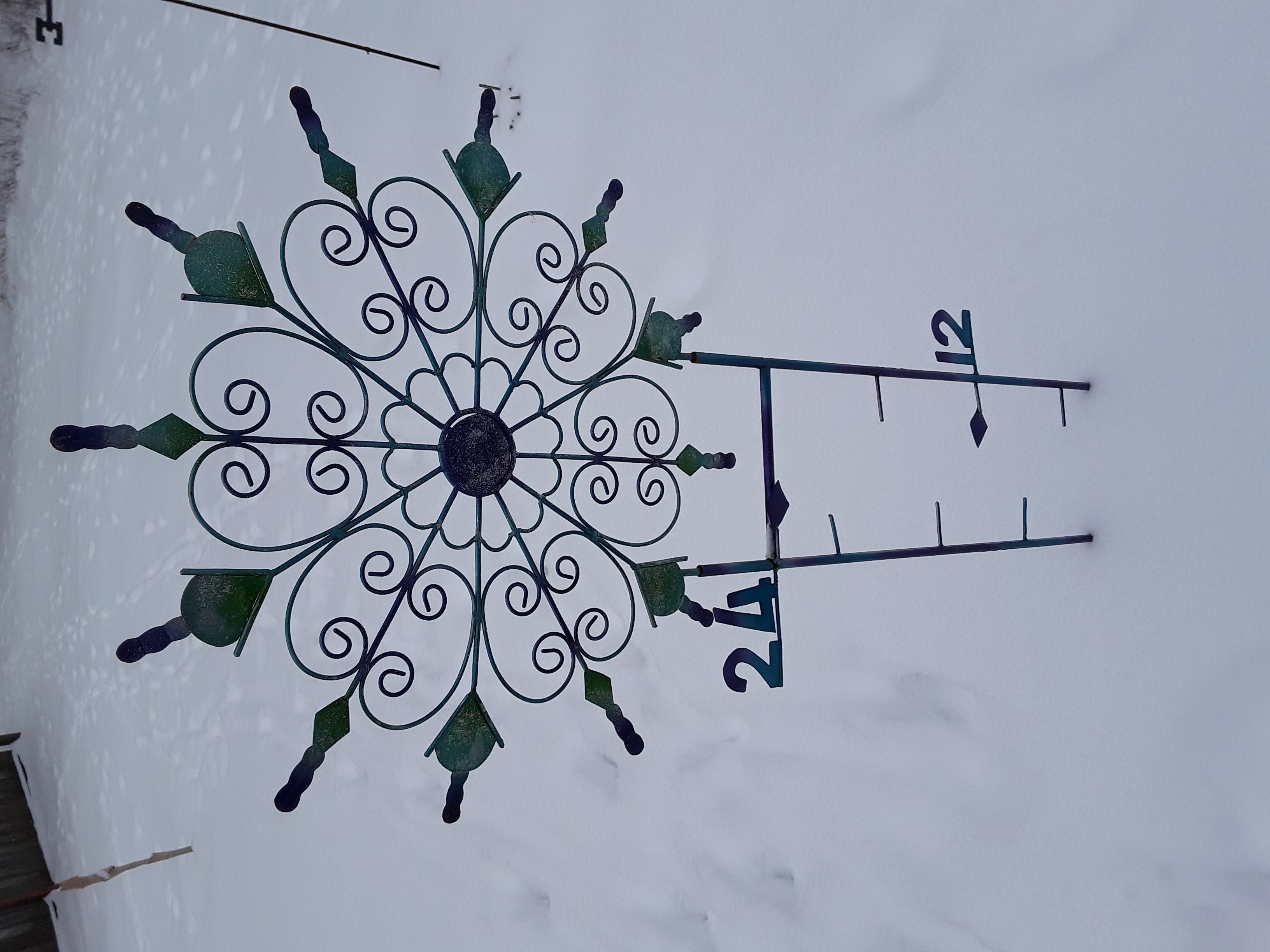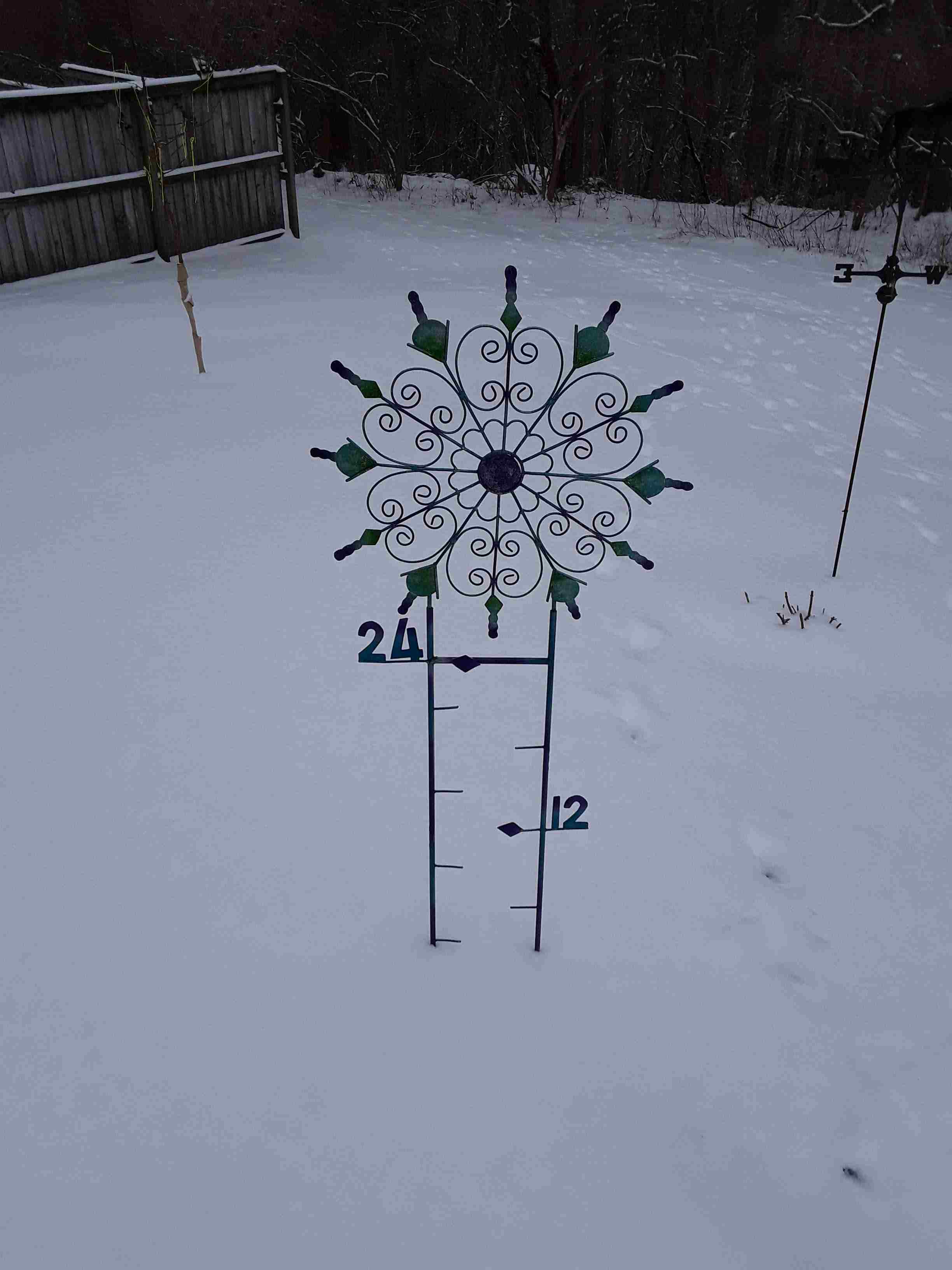Friday, April 23, 2021 5 P.M.
Yesterday, I mentioned that the past 50-75 years have been the best time ever to be a human on this planet. Currently, we have the smallest percentage of people living in poverty and hunger that Earth has ever seen. (It would be even better if politicians were more benign.) What has brought about this sudden, rapid improvement in worldwide living conditions? Global warming is the primary reason.
We had some warming after World War II, then cooling during the 1970’s. Since then we’ve had a slow warming trend – as measured by satellites, it’s 0.14 deg. C per decade. The Green Revolution has been a main benefactor of the warming. Some people who study this stuff say that continued warming will provide far more benefits than harm for another 1-2 deg. C warming. For some reason, the majority of modern environmentalists ignore the good news.
If the above is true, what’s all the “Climate Crisis” talk about? The story begins on a hot summer day in Washington D.C. in 1988. Senator Al Gore and Dr. James Hansen (NASA) presented to a climate committee a scary report concerning rising carbon dioxide in the atmosphere. In a nutshell, the message was (somewhat exaggerated) we’d better stop the CO2 increase soon or we’ll all be dead.
Perhaps there’s a clue to their intentions. The previous evening Gore and Hansen rigged the air conditioning system in the committee room so that it would not cool that night. Thus the room would be very warm for the hearing.work Then, before their presentation, they visited a rest room to toss water on their shirts, especially the underarms. Then, as they approached the podium, they took off their suit coats to “emphasize” just how hot it was. So, the “Climate Crisis” began as a bit of “show biz” and it still is.
A mantra came out of the committee hearing – “The science is settled.” That wasn’t true then and it still isn’t now. Not surprisingly, you don’t hear that statement much anymore.
The climate forecast models from the 1980’s predicted Earth’s temperature increase expected by 2020 THREE TO FOR TIMES larger than it has turned out to be. That’s “settled” science for you. Over the years, the models have improved somewhat. The Intergovernmental Panel on Climate Change (IPPC), an United Nations organization which handles this problem for the world, issued its most recent update in 2019. (Another report is due later this year.)
The average of climate models (over 100) used for the 2019 report is now predicting a rate of warming TWICE as high as the observed temperatures. An early look at a sample of models to be used in the 2021 report shows even higher levels of excess warming than the 2019 report.
So the models are getting closer, but are they reliable enough to spend trillions of dollars to avert a “crisis” that currently is showing no evidence of being a crisis? Climate change is nothing new, it’s been going on forever. What have humans been doing for the past 500,000 years when the climate changed? They’ve adapted. A better word is acclimated.
Brief note: Today we pronounce acclimated as AK li ma ted. It hasn’t always been that way. The Webster’s I took to college way back when said the word was ah CLI ma ted. Adjusted to the climate!
So what’s the problem? Do we think the current climate is perfect? Our announced actions seem to say “yes.” So we’re going to re-engineer nature to keep our climate where it is? Good luck with that. For a huge variety of reasons (known and unknown) Earth’s climate is always changing. And, yes, some of that change is caused by us. We have to do what we’ve always done – acclimate!
More next time…

 Smoke billows from Mt. Etna near Giarre, Sicily. | (AP Photo/Salvatore Allegra)
Smoke billows from Mt. Etna near Giarre, Sicily. | (AP Photo/Salvatore Allegra)
